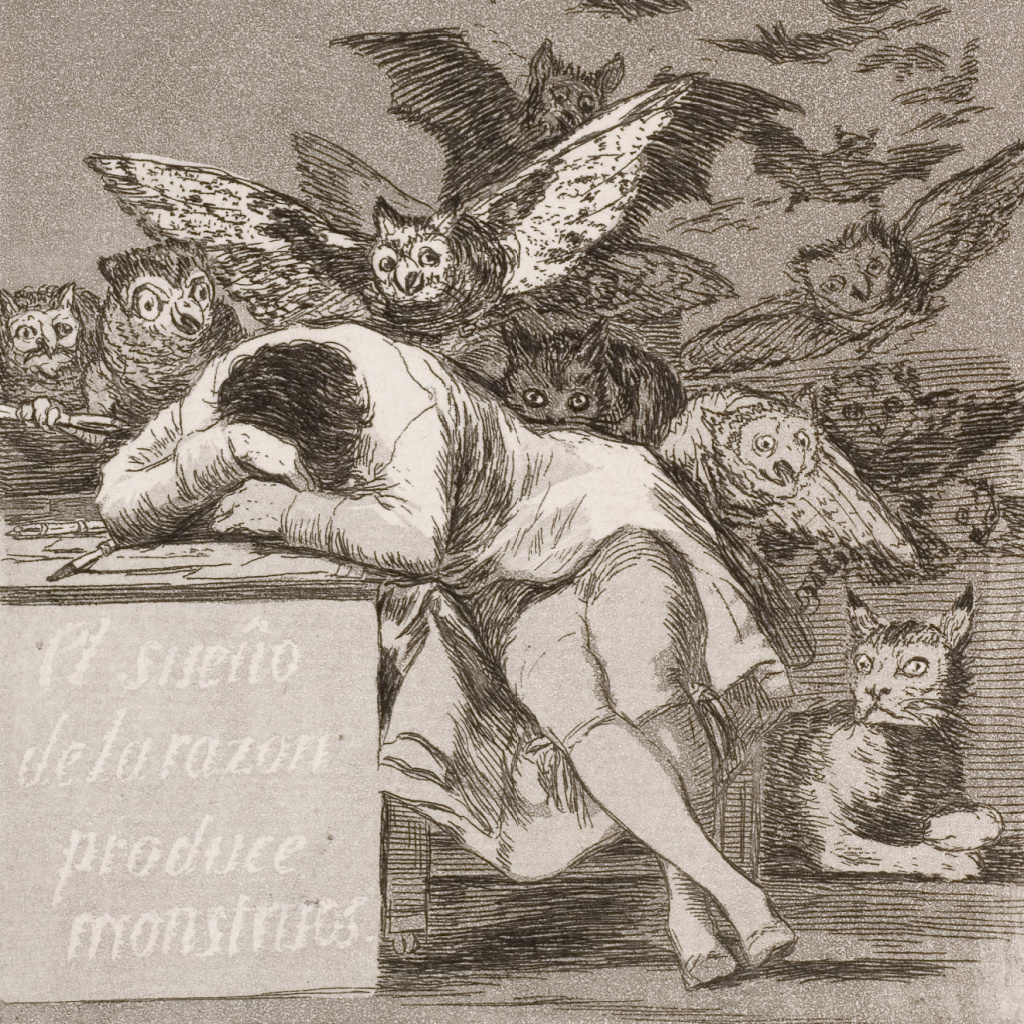The Washington Post recently ran a story by respected religion reporter Michelle Boorstein about The Church of Jesus Christ of Latter-day Saints. The article is a rehash of stories regarding the Church’s finances while adding details about the personal lives of those who’ve made accusations against the Church. The article describes one as “Mormon royalty” and the other as having “strong LDS bona fides.”
The author quotes John Dehlin, a former member and frequent critic of the Church, as well as regular critic Sam Brunson. The only space she gives to voices on the other side is the official church spokesman and an area authority seventy.
Who she doesn’t quote or interview are everyday Latter-day Saints in good standing like us who love and support the Church. Rather, our positions are guessed at or implied by the others quoted. Dehlin claims he knows that the Church’s supporters believe the claims are credible; Brunson says that members are no longer “giving the Church the benefit of the doubt,” and Huntsman says that his lawsuit isn’t for him but for remaining members of the Church.
Dear Michelle, we’re not difficult to find. And if you wanted to know how we feel, you didn’t have to rely on these critics’ guesses. You could have just asked.
But since you didn’t, we thought we would share to help round out your reporting.
The Broader Context
Since the Nielsen and Huntsman cases have come to light, much information has become available and has helped shape the thinking of Latter-day Saints on these important issues.
The best estimates put the Church’s annual spending at about 4-5% of its savings. That level of spending of a fund’s principal may sound small to nonexperts, but it’s actually in line with what’s needed to continue to maintain the principal through inflation so that spending can stay consistent over time. It’s also precisely the level of spending most universities engage in relative to their endowments. You could have just asked.
Nate Oman, a law professor at the College of William and Mary, writes:
The Church [of Jesus Christ] spends at exactly the rate it needs to spend in order to operate indefinitely. … It’s basically behaving exactly the way that we would expect that a large non-profit would behave. By the numbers, it’s normal.
We’ve also learned that Huntsman’s lawsuit has little legal merit and is little more than a publicity stunt.
So while the Washington Post interviewees guessed that members of the Church were no longer giving the Church the benefit of the doubt, all of this additional information has had the opposite effect on many card-carrying members.
A closer review of the available evidence has led many of us to conclude that the Church has been managing its finances spectacularly well. It continues to fulfill its religious mission, as evidenced by temple growth. And it continues to fulfill its charitable mission, evidenced by its more than $1 billion donation to humanitarian causes last year alone.
We’ve also learned a lot about the context of these matters. Yes, the Church’s fund is large, but on a per-person basis, it still pales in comparison to funds for non-profits like Harvard and Yale. We’ve learned hints about how wealthy other worldwide faiths are. And we’ve learned just how common honest filing mistakes in complex situations like this can be, along with how average this particular SEC fine was for an investment fund the size of Ensign Peak.
While we didn’t learn any of this from reporting in legacy media, they are readily available facts, and they could and should exert a significant influence on how the public views these matters.
Bona Fides?
Latter-day Saints don’t usually talk about “bona fides.” But church critics talk about it a lot as a way to seemingly give their complaints more credibility.
In the same way, many have missed the anti-Mormon tropes in the Nielsen “whistleblower” report, such as “tapirs” that revealed the religious animus that motivated the complaint, Boorstein has missed this “bona fide” trope in her reporting this time.
Everyday faithful Latter-day Saints don’t see our church membership in those terms. Sure, the Church has leaders, but we define ourselves not by the callings we’ve had or the callings our family members have had but by our faith and willingness to strive to keep the Lord’s commandments.
There is a tremendous egalitarian spirit in the Church, where leaders who are the equivalents of Catholic priests and bishops one week are released and serve as Sunday School teachers or youth leaders the next.
And in the pinnacle of our worship in the temple, we symbolize that egalitarian spirit by literally wearing the same clothing no matter the cachet of our worldly achievements. This helps explain why the idea that there is any kind of “royalty” in the Church is tremendously off-putting to faithful Latter-day Saints.
Furthermore, decisions about how church resources are spent are made by prophets and apostles called of God, not self-appointed “Mormon Kennedys” who feel entitled to make those decisions because of their family connections.
How Loud Are Calls for Reform
You wrote that calls for reform are getting louder—and saying you based this on what you’ve seen in blogs and podcasts.
It should go without saying that this is simply not a reliable place to find information about how everyday Latter-day Saints are feeling—another reason why we wish you had just asked us.
An article we published nine months ago explained:
The Latter-day Saint space online is an interesting one. The Church of Jesus Christ is hierarchical, and so the draw to a space with less institutional oversight was strong for those whose beliefs and behaviors put them on the fringes or outside of Latter-day Saint life, while those who felt well integrated felt no similar push to find emotional and religious validation in online communities. As a result, for nearly twenty years, the most prominent Latter-day Saint spaces online were in tension with the beliefs and practices of the church they sprung from.
This phenomenon is well known by most practicing, faithful Latter-day Saints in the United States. Noting that Latter-day Saint podcasts and blogs are pushing for reform says little about how in-the-pew Latter-day Saints are feeling on the matter.
And ultimately, it’s reporting like yours that amplifies these voices and makes these calls for reform sound louder than they really are. If, instead, you spoke directly to supportive practicing Latter-day Saints and amplified our voices, these isolated calls for “reform” would not appear so notable.
We Believe in Privacy
Jesus Christ, on whom we try to model our behavior, was always honest, but He was not transparent in the way the modern word is used.
On the contrary, Jesus was careful about when, where, and to whom He told certain truths. When he healed, he often instructed those he healed to not tell anyone.
And when Thomas pushed Jesus to explain where He was going away to, Jesus refused to answer, knowing that it was neither the time nor place to reveal that information.
Scholars have suggested that Christ sought to protect this information in order to prevent needless persecution of His ministry.
There are many examples in scripture of the importance of sharing information at the right time and place: Abram’s relationship with Sara, Esther’s nationality, and the source of Samson’s strength.
Letting the wrong people know the wrong information can prove disastrous.
Even so, when organizations have arisen specifically to attempt to generate leaks about the Church, the information they’ve found has been pretty ho-hum.
As everyday members, we are very comfortable with the Church having the flexibility to share the appropriate information at the appropriate time.
A Historic Mission
Our conviction is that the Church of Jesus Christ has been restored to the earth and will need to continue its work until the end of the world.
Honestly, a common response from the kinds of Latter-day Saints you’re most likely to find at church on Sunday to the news about the Church’s resources has been relief or joy. Senator Mitt Romney typified this when he said he felt “Happy that [the Church of Jesus Christ] not only saved for a rainy day but for a rainy decade.” The Church we love has cared well for its money.
This new phase of the Church’s growth has blessed us financially. We can attend a top-20 university for a price that doesn’t put our children into life-long debt. We have storehouses of food and welfare programs we can rely on in our lowest moments. And the financial burden on individual Latter-day Saints for items such as ward-budget has disappeared. The only financial requests left are those mandated by scripture, including tithes and offerings to the poor.
The Church we love has cared well for its money and teaches us to do the same, and now it can fulfill the mission we want it to with less ongoing financial need from us.
Old Tropes
We are mindful of the long history of anti-semites utilizing those who deconvert from Judaism in their efforts to marginalize and persecute the Jewish people. From Donin of Paris to Johannes Pfefferkorn to Otto Weininger.
After his deconversion, Weininger wrote quite negatively about Judaism. His writings were later exploited by Nazis because of the fact that Weininger shared their anti-semitism despite having been Jewish himself. Adolph Hitler once referred to Weininger as one of the only “good Jews” he knew. Dietrich Eckart pointed to Weininger as one of the few Jews who recognized the “problem” of Jewishness. This pattern continues today as anti-semites weaponize the critiques of Jewish intellectuals like Norman Finkelstein and Noam Chomsky.
Latter-day Saints have their own history of deconverts being utilized by the powers that be to harm those who remain. John C. Bennett, Thomas Marsh, and William Law all provided the gristle of anti-Mormon persecution after their deconversions.
A powerful publication like the Washington Post seizing on former Latter-day Saints to criticize our faith for being too rich and powerful feels all too familiar for comfort.
We understand that not every Latter-day Saint sees things in exactly the same way. And you are certainly free to tell the stories of anyone you choose. But when you are seeking to tell a story that genuinely represents what everyday Latter-day Saints are thinking, sure, ask our critics to guess, but please, ask us too.

















